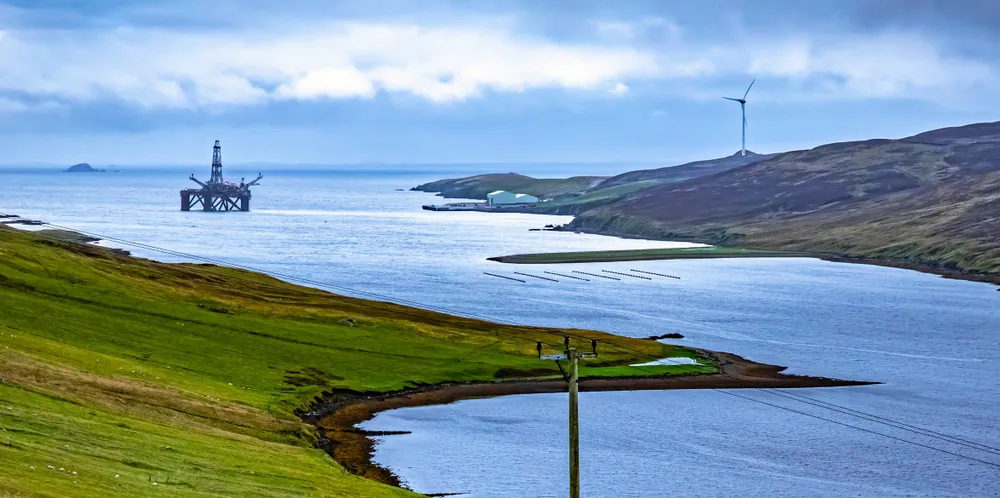North Sea floating wind giants boost Shetland bid to 'replicate oil & gas with green hydrogen'
INTERVIEW | Award of 2.8GW across three projects 'fantastic news' for plan to turn Scottish islands into global clean energy hub, says Orion initiative leader
